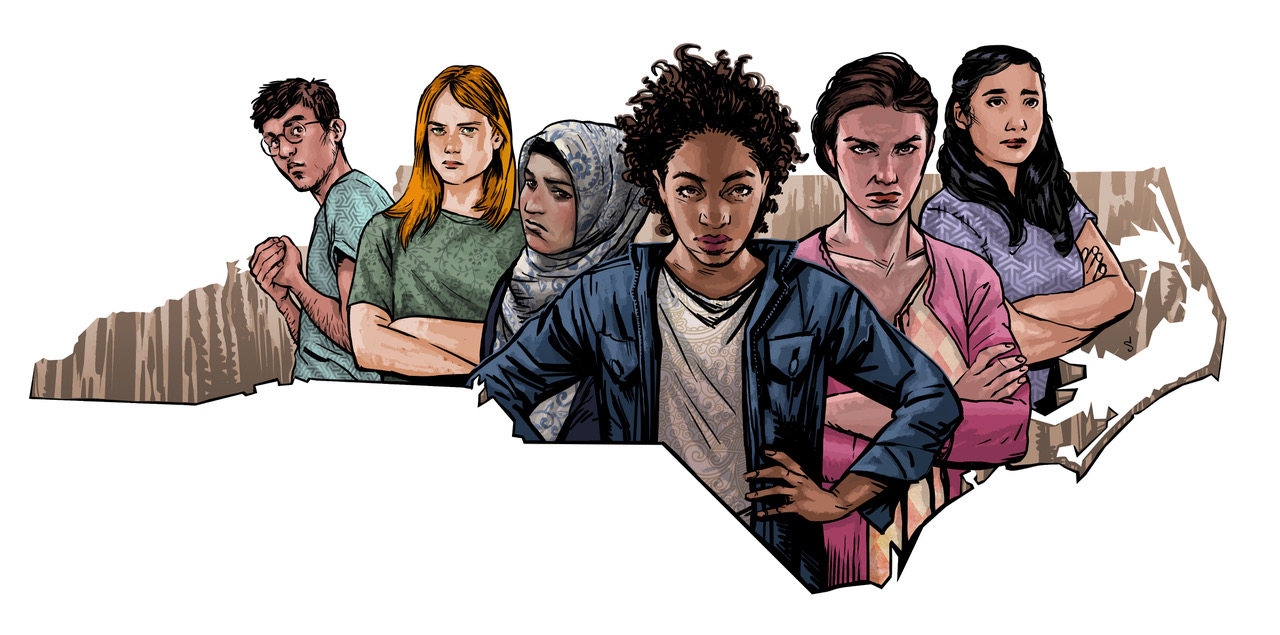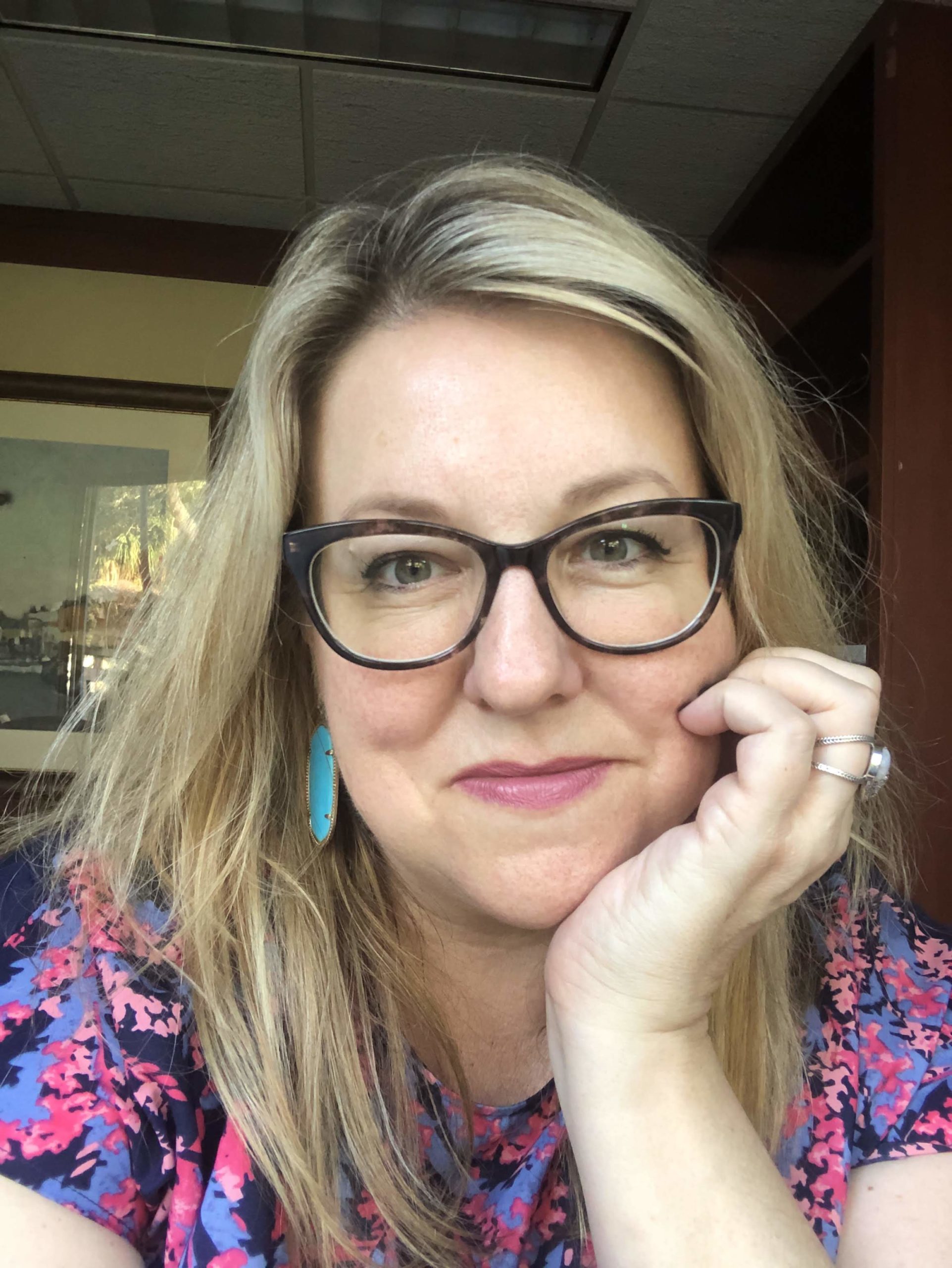This week, the Carolina Public Press rolled out a new criminal justice series, “Seeking Convictions.” The press, an independent news nonprofit since 2011, launched the statewide collaboration in 2018. Angie Newsome, executive director and founder of Carolina Public Press, answered some of our questions about the partnership via email.
How did the idea for the collaboration come about?
The idea came about much the same way we find most of our investigative stories — through a conversation. Someone told us that they had heard that the district attorney close to them didn’t prosecute sexual assault cases. So we started digging and asking questions about what was happening across North Carolina. At the same time, we were interested in piloting a collaboration in North Carolina to do an investigative project that could explore a big issue facing the state. The two interests coincided, and we found ourselves developing this collaboration and publishing Seeking Conviction: Justice elusive for NC sexual assault survivors. It took more than six months and, by the end, included 11 news organizations in print, digital, TV and radio.
[the_ad_placement id=”_rail_pos_1″]
How were the member participants selected?
We started by doing a preliminary look at state records and data and looked for “outliers” — parts of the state that were notable in some way. Maybe they had few arrests, or few convictions, or the opposite. Then we looked at what potential media partners were in those areas and considered whether we had an existing or potential relationship with them. Then we started reaching out and sharing the idea and having preliminary phone calls and meetings. That happened very early in the process, really before we had a comprehensive review and analysis of the entire data set. Some partners came on right from the beginning and others came on as the idea and analysis progressed.
[the_ad_placement id=”_rail_pos_2″]
How did you communicate (meetings, slack, email)?
Throughout the process, we made a lot of phone calls with individual partners and with smaller groups of partners. We wrote a lot of emails and created a shared Google Drive folder with documents like guides to the data, what we were finding across the state, and plans and goals for publication.
We also held three listening sessions across the state to bring journalists in the local area together with survivors, policy makers, health care providers, attorneys, advocates and victim services agencies, the North Carolina Department of Justice and others for conversations about the issues, what their work was like and what questions they had. We all listened and that helped inform our reporting as well.
As the reporting began and progressed, some partners identified questions in the data from their specific locations, and in those cases we conducted sometimes lengthy phone conversations to be sure that the analysis and data were correct. In a few cases, partners encountered public officials who said our analysis was wrong. In those cases, our news team at Carolina Public Press worked directly with those partner journalists to check the data and our conclusions. In most instances, our data and analysis checked out — local district attorneys had misunderstood our methodology or wanted us to include charges and plea agreements that were beyond the scope of this project so that their record would look better.
In one case, we identified old input errors in the original data, in which cases from a small number of counties has been assigned to other counties. This would have been difficult to identify without close work with the partners. We have no doubt that any database this size contains some input error, but our checking process found very little. What we did find, we corrected before publication.
We also felt the topic was very timely, considering the local, state and national conversations about reporting sexual assault.
How long was this project in the making?
For several months in mid-2018, we experimented with several different data sets that could potentially have been used to address the questions we explored in this project. We eventually recognized that the Administrative Office of the Courts data was by far the most comprehensive, in part through conversations with sources who had been asking themselves the same questions about prosecution levels. However, this data set was extremely challenging to work with and required a special Python script to convert it to a usable format for analysis.
Overall, the project took more than 6 months.
How many records and reporters were involved?
We went through more than 3 gigabytes of data from the Administrative Office of the Courts to discover that there were a little more than 1,000 people charged with sexual assault in the state in a 4.5-year period. We focused on cases that began and ended in that time period. Those cases comprised the final analysis, which showed that a little less than a quarter of those cases were convicted of sexual assault or lesser but related charges.
As we neared completion of the project, we and our partners examined records in many specific cases, whether pulling them from publicly accessible offender databases or visiting courthouses to examine folders that only exist in hard copy. Probably nearly 100 records of this type were examined for verification.
By the end of the project, there were more than 30 people who worked on producing the series, from reporters to photojournalists and infographic designers to legal reviews and web design to video production.
This post has been updated to clarify that the Carolina Public Press has existed as an independent news nonprofit since 2011 but that it is not a collaborative news organization on a regular basis.







